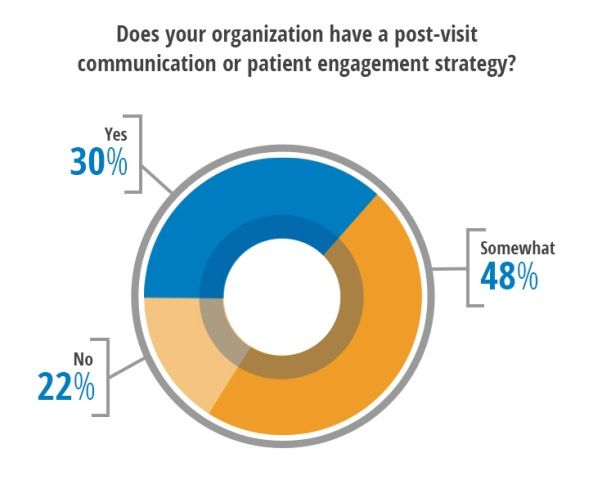Director Of Business Development
Blake joined Bridge Patient Portal in 2016 after transferring from our parent company, Medical Web Experts. With over 10 years of sales and management experience, Blake is a results-driven professional, passionate about driving collaboration with clients, partners, and internal teams. Throughout his time at Bridge Patient Portal, Blake has demonstrated his versatility and dedication by actively collaborating with various departments within the organization, streamlining processes, and optimizing efficiency.
Blake studied business administration at Thompson Rivers University in Kamloops, British Columbia, and completed a Health Information Curriculum and Training for Transformation (HICATT) program and GCP sales certification.









